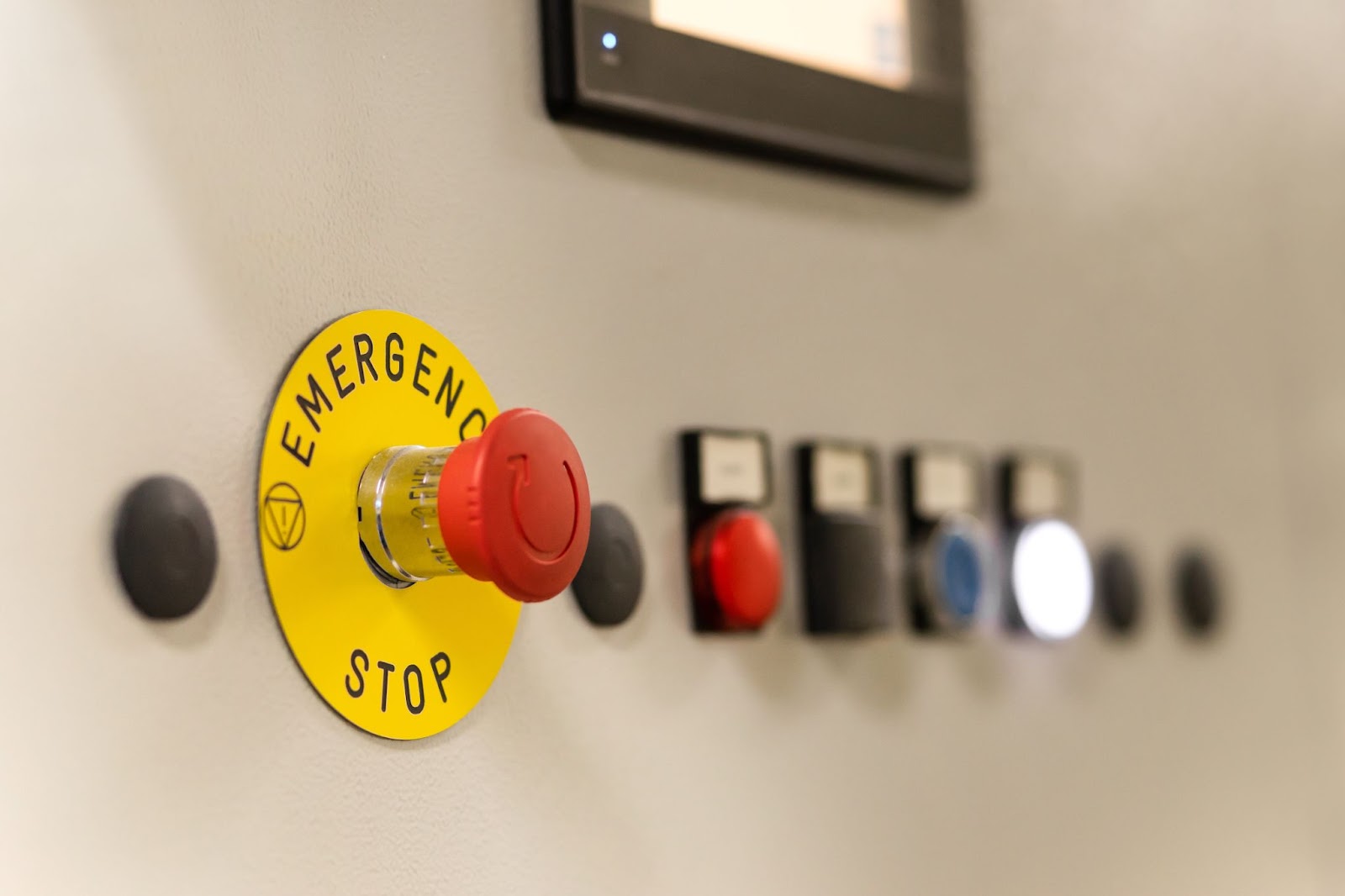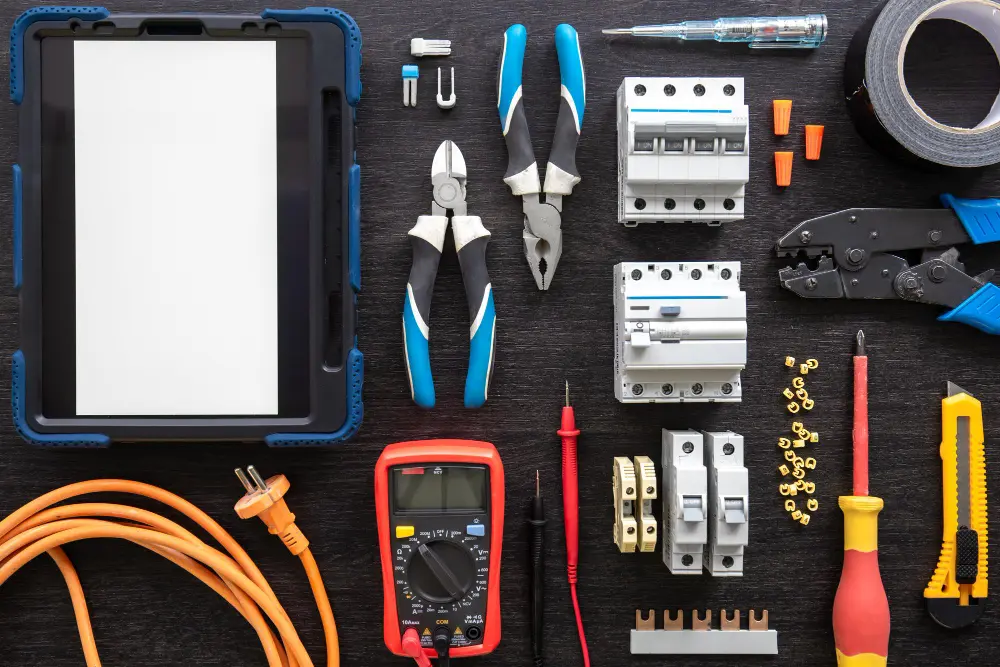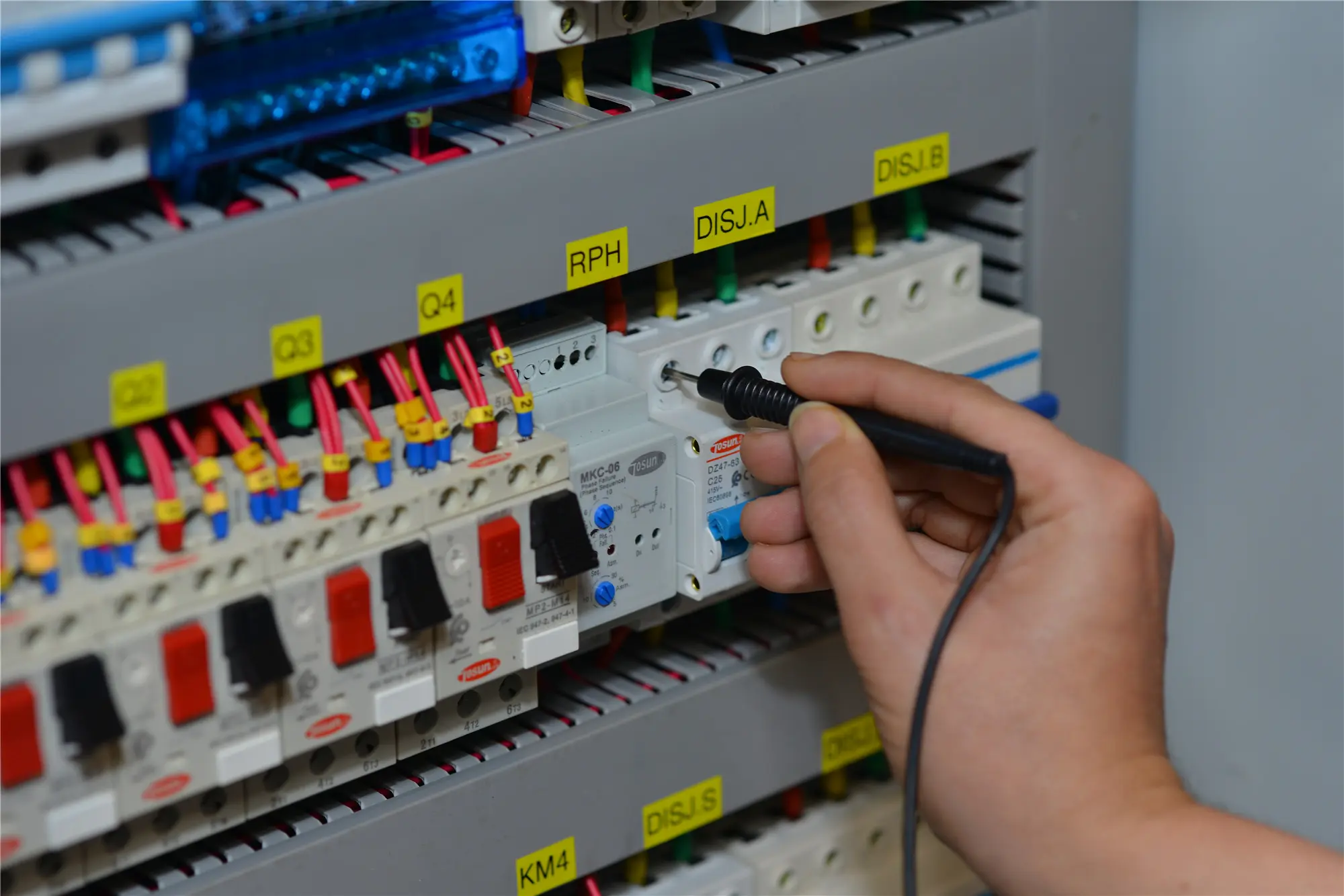Push Button Switches: Common Problems and Solutions
Table of Contents
TogglePushbutton switches play a vital role in various electrical applications, offering reliable and simple control over electrical circuits. However, over time, these switches can encounter issues that hinder their functionality. In this article, we will delve into common problems faced by pushbutton switches, including wall pushbutton switches, and provide practical solutions to restore their functionality.
Common Problems of Push Button Switches
Pushbutton switches may face four major issues: jamming, intermittent response, arcing, and physical damage. Understanding these problems will help in troubleshooting and maintaining the switches.
Sticking or Jamming Buttons
Jammed or sticky buttons are a common issue. The cause is typically the accumulation of dirt, dust, or corrosion inside the switch mechanism, which restricts the button’s smooth movement.
Solution: The first step is cleaning. Disassemble the switch carefully and use a contact cleaner or isopropyl alcohol to remove any dirt or debris. After cleaning, apply a small amount of dielectric grease to the moving parts to ensure smooth operation. Regular cleaning can prevent this issue from recurring.
Intermittent or No Response
An intermittent or complete lack of response from the pushbutton switch can be caused by several factors, including worn-out contacts, damaged wiring, or faulty internal components. These problems can disrupt the electrical connection, making the switch unreliable.
Solution: Tighten any loose terminals or screws and check the contacts for wear, corrosion, or damage. If necessary, clean or replace the contacts. If the internal mechanism is the issue, replacing the entire switch might be required.
Electrical Arcing or Sparking
Electrical arcing occurs when high voltage or current surges cause sparks to form between the contacts. This can lead to internal damage and pose a safety risk.
Solution: To prevent arcing, install surge protectors or voltage regulators in the circuit. Ensure that the switch is rated for the correct voltage and current to prevent overloads.
Physical Damage
Accidental drops or impacts can cause physical damage to the pushbutton switch, such as cracks or broken internal components.
Solution: Inspect the switch for visible damage. Minor cracks in the housing can often be repaired using epoxy, but if the damage is severe, replacing the switch is the safest option.
Prevention and Maintenance Tips for Push Button Switches
By following simple maintenance practices, you can prolong the life of your pushbutton switches and minimize the risk of failure.
1. Regular Cleaning
Regularly clean the exterior and internal components of the switch. This helps prevent dust and grime buildup that could affect the switch’s functionality.
2. Proper Installation
Ensure that pushbutton switches are installed and wired according to the manufacturer’s guidelines. Incorrect installation can lead to electrical issues or malfunctioning.
3. Environmental Protection
Protect your switches from environmental factors such as moisture, dust, and extreme temperatures. This will reduce wear and tear and prevent corrosion.

Your Reliable Source for Pushbutton Switches – Inquire About Bulk Orders Today!
Pushbutton Switches You Can Rely On
Pushbutton switches are generally robust and dependable components, but they can still be affected by factors like wear, environmental influences, or electrical issues. Regular maintenance and timely repairs can help ensure that your pushbutton switch continues to function reliably.
For a deeper dive into push button mechanics, you can check out our related article on What Is a Pushbutton Switch and Its Importance.
FAQs about Pushbutton Switches
Q1: How do push button switches work?
A1: Pushbutton switches operate by completing or breaking an electrical circuit when the button is pressed. They are simple to use and come in various configurations for different applications.
Q2: What should I do if the switch is not responding?
A2: Check for loose connections, damaged contacts, or faulty wiring. Tighten connections and clean or replace damaged parts if necessary.
Q3: Can I repair a damaged push button switch myself?
A3: Simple repairs like cleaning or lubricating can be done yourself. However, if there’s significant damage, replacing the switch is recommended.
Q4: What causes electrical arcing in push button switches?
A4: Arcing is caused by high current or voltage fluctuations, which can result in sparks. This can be mitigated by ensuring the switch is rated for the circuit’s requirements.
Conclusion
Pushbutton switches are essential components in electrical systems, but like any device, they can experience problems over time. By understanding common issues such as jamming, intermittent response, arcing, and physical damage, you can take the necessary steps to troubleshoot and repair them. Regular maintenance and proper installation can help avoid many of these issues.
Always remember, safety is key. If you are unsure about how to handle repairs or maintenance, consult a professional electrician. For high-quality, durable pushbutton switches, feel free to contact us for more information or explore our product range.
Tel: +86-577-88671000
E-mail: ceo@tosun.com
Skype: tosunelectric
Wechat: +86-139 6881 9286
WhatsApp: +86-139 0587 7291
Address: Room No.1001 Wenzhou Fortune Center,Station Road, Wenzhou, China
REQUEST A QUOTE
WhatsApp us
 : +86-139 0587 7291
: +86-139 0587 7291 English
English Español
Español Русский
Русский Français
Français العربية
العربية Português do Brasil
Português do Brasil Українська
Українська Türkçe
Türkçe Polski
Polski Nederlands
Nederlands Italiano
Italiano Bahasa Indonesia
Bahasa Indonesia हिन्दी
हिन्दी اردو
اردو አማርኛ
አማርኛ Հայերեն
Հայերեն ไทย
ไทย Монгол
Монгол فارسی
فارسی Shqip
Shqip Ελληνικά
Ελληνικά



